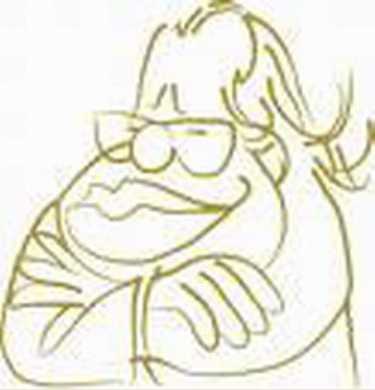4.1.1.28 The cultivation of black poetry in Cuba in the first half of the 20th century, essential features and poets

What we have called “black poetry” was also called Negrista, mulatto, and Afro-American poetry, essentially referring to a region of Cuban poetry, not unrelated to the American poetic discourse toward the North and South of Cuba, which captured the social and cultural universe of this race, sometimes from the most external perspective but also delving into the essence of the passage of life in Havana’s tenements.
From a historical perspective, this movement connects with criollismo, as it strengthens its roots in the lives of a segment of the population; however, it vindicates the latter’s silence regarding the suffering inherent in slavery and, at the same time, the vital and cultural flourishing that took place despite the stocks and the whip, the rich African roots that fueled survival in a completely hostile world.
As for the poetic structure of black poetry, it is based on a peculiar conception of rhythm, associated with the popular musical and dance manifestations typical of this ethnic group in Cuba, rumba, conga, musical instruments associated with fantastic percussion, sometimes even personified, the use of iterative onomatopoeia that reproduces the sound of these instruments, even gibberish, from a broader conception of these.
Spanish prosody is distorted to reflect the popular speech of black people, sometimes with a sense of humor but also in some cases as a veiled denunciation of the situation of this social group, sometimes marginalized from receiving even the most basic education, in which economic precariousness and racial discrimination come together.
Black speech and childlikeness merge in babblings filled with tender empathy; at the same time, the sensuality of Black women emerges in all its force from the reference to certain areas of the body, the swaying of their movements, sometimes with erotic undertones, and the role of mother, all of which converges in beauty icons that try to survive cultural waves of European and North American origin. Pure Black beauty is even praised, although without disdaining mixed race, which would later lead to a significant commitment to ajiaco on the skin and in culture.
Religious evocations, especially from the Yoruba tradition, are also present, completing a rich poetic panorama that, although it has some picturesque notes, some of its creators go a little deeper by perceiving and launching into the flow of Cuban poetry the transmuted lyrical testimony of this matter.
Among the cultivators of the genre, the essential figure of Nicolás Guillén stands out, the only one who truly managed to savor and transmit the marrow of its essence, beyond the “fashion” that, in a certain sense, the cultivation of this poetic variant represented.
Emilio Ballagas was the other most significant cultivator, surprising in his poetic empathy given his personal circumstances, including his pale skin, that had little basis in the dark and luminous nature of Cuban blackness. Ramón Guirao and José Z. Tallet were also important precursors, and others from a more or less peripheral area attempted to pay homage to one of the most neglected social sectors.








